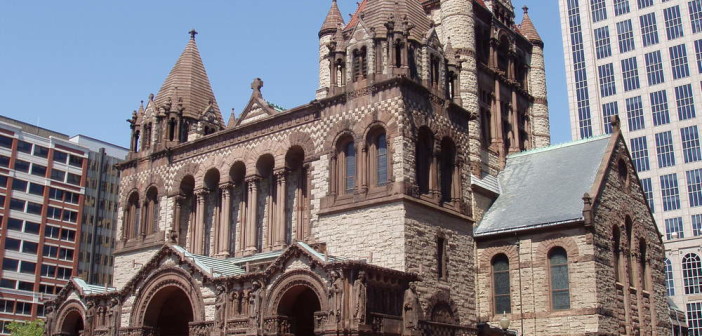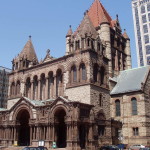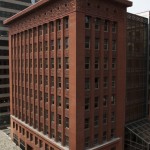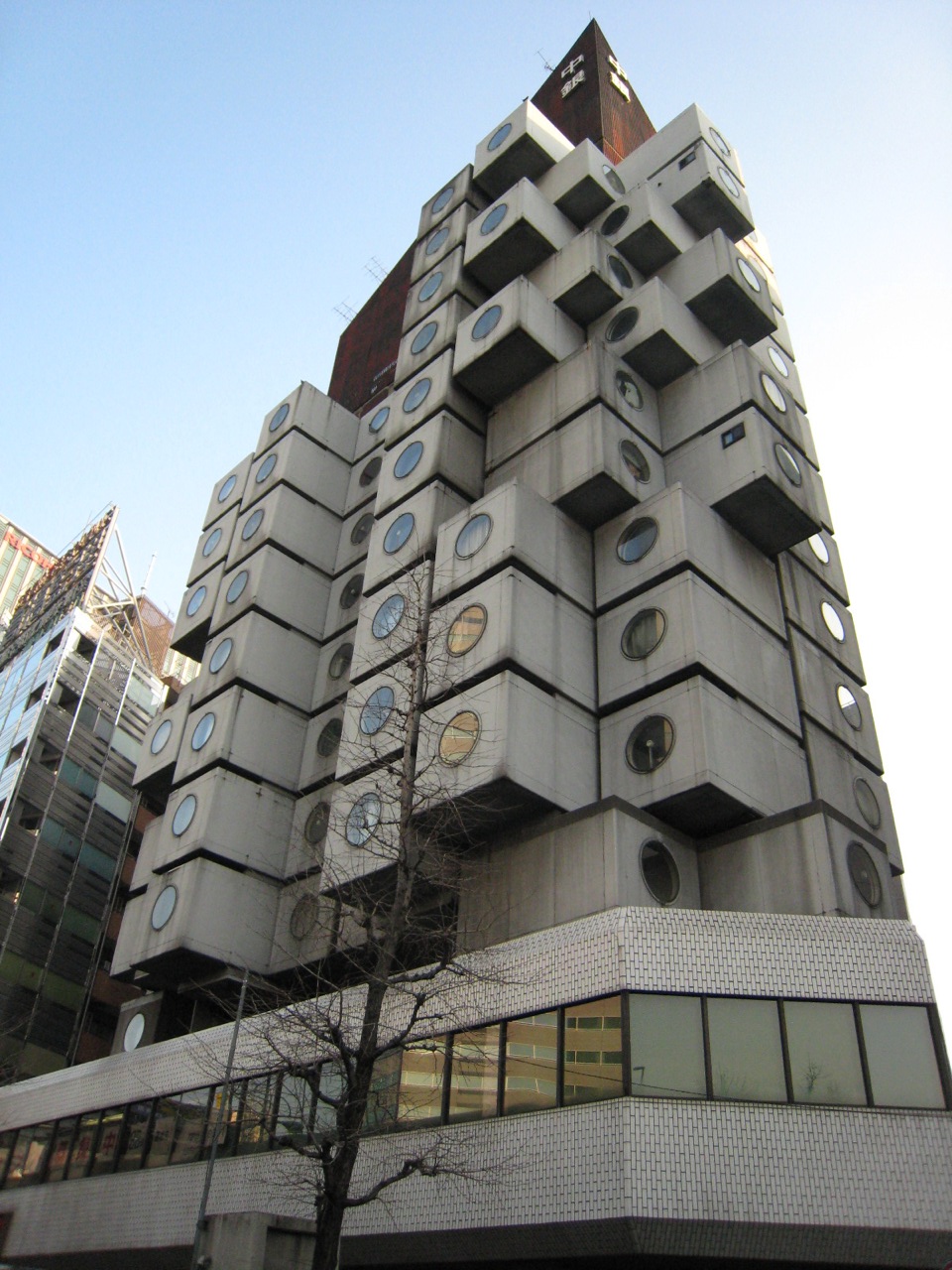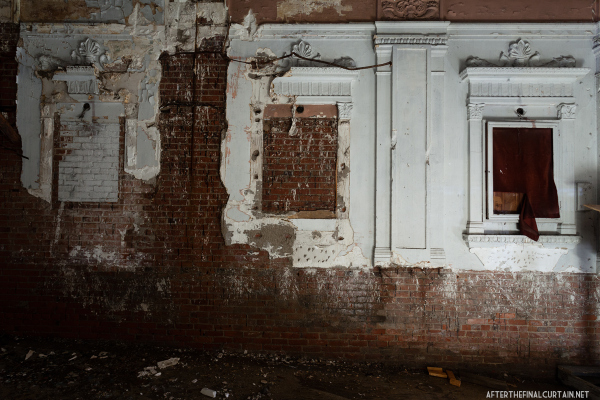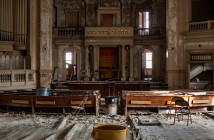In an 1885 poll of the top ten buildings in America, Henry Hobson Richardson’s ecclesiastical masterpiece on Copley Square was voted as the number one building in the country1. That building is Trinity Church (1872-1877) and in 1986 just over one hundred years later, Trinity Church was the only building from the original 1885 list to remain on the top ten list (it was number six on the 1986 poll). That same year, Trinity Church joined Mies van der Rohe’s Seagram Building (1954-58), Eero Saarinen’s Dulles Airport Terminal (1962) and Frank Lloyd Wright’s Robie House (1910), three modernist works that once again star alongside Trinity Church in a new PBS special premiering tomorrow in the Boston area. The special, 10 Buildings that Changed America, lists ten influential buildings that changed the "way we live, work and play."
Written and produced by Dan Protess, the Emmy award winner behind the documentary The Foods of Chicago: A Delicious History, and hosted by another Emmy award winner, Geoffrey Baer, 10 Buildings that Changed America explores through video shot on location, archival images and animation, some of the most well known (and even beloved) buildings in American architecture.
 Louis Sullivan’s Wainwright Building was not the first skyscraper, but it gave the modern, steel-frame skyscraper its form. Historian Tim Samuelson said it "taught the skyscraper to soar."
Louis Sullivan’s Wainwright Building was not the first skyscraper, but it gave the modern, steel-frame skyscraper its form. Historian Tim Samuelson said it "taught the skyscraper to soar."Credit: Courtesy of WTTW Chicago
The special opens with Thomas Jefferson’s Virginia State Capitol in Richmond, VA (1788) and concludes with Frank Gehry’s Walt Disney Concert Hall in Los Angeles, CA (2003). As a documentary that highlights ten buildings all in different architectural styles, it successfully distils complex ideas and methods of construction in an hour’s worth of footage. Taking into consideration the number of buildings and the length of the program, I thought the producers did a great job at placing each building within a broader historical and cultural context. And for those with limited-to-no-knowledge of American architecture, the documentary gathers an impressive group of architectural historians and cultural critics that provide insightful and at times humorous commentary that further emphasize the importance of these buildings in American culture.
As with any top ten list, not every building worthy of being listed made the list, and that’s okay, since lists of this sort are meant to be conversation starters just as are lists of the ten ugliest buildings in the world. Here, the conversation is ignited by presenting a selection of buildings from all over country that were influenced by those buildings featured in the special.
When asked about the concept of a top ten list of buildings, Protess and Baer responded by saying that the concept serves as a kind of one-stop shopping for architectural history and that the list is not intended to be "the" list of ten buildings that changed America, but rather "a" list. According to the press release, more than 100 buildings were contenders for the program, but in the end, with the help of 16 architects, architectural historians and critics, only the ten buildings showcased in this special made the final list. What’s great about this list is that most, if not all of the buildings are open to the public, allowing for in-person visits and continuing the conversation that was (hopefully) sparked by the special.
The buildings in this documentary as are eclectic as are the experts featured in it. From Trinity Church, a building that I’ve known inside and out for years to Albert Kanh’s Highland Park Ford Plant, a building that is often left in the shadows of architectural history textbooks, there’s a building for everyone to learn about and admire. While the documentary may come across as trite (the music!) or not-as-serious as previously aired PBS architecture documentaries, 10 Buildings that Changed America is certainly informative and appetite whetting. I’m sure you’ll find many delightful architectural facts and anecdotes throughout it and if anything, it will give you a sense of appreciation for the built environment that surrounds you.
- Created by architect H.H. Richardson, Trinity was the first example of the Richardsonian Romanesque style, which was later used in churches, city halls and county courthouses across America. Image via Wikimedia Commons user: MatthiasB
- Louis Sullivan’s Wainwright Building was not the first skyscraper, but it gave the modern, steel-frame skyscraper its form. Historian Tim Samuelson said it “taught the skyscraper to soar.” Credit: Courtesy of WTTW Chicago
- Host Geoffrey Baer at Dulles Airport, in front of the terminal designed by Eero Saarinen. Credit: Courtesy of WTTW Chicago
Ten Buildings That Changed America airs on Thursday May 9, 2013 9:00PM ET in Boston and on Sunday, May 12, 2013, 10:00 pm ET, 9:00 pm CT nationwide. Check your local listings for additional times.
[1] A Digital Archive of American Architecture., Architect's Choice: The Top Ten Buildings in The U.S.

